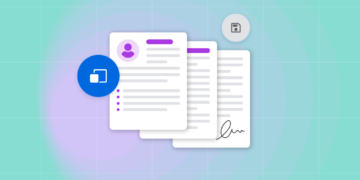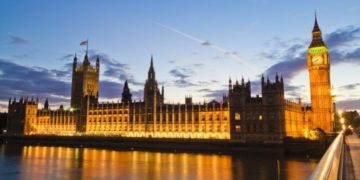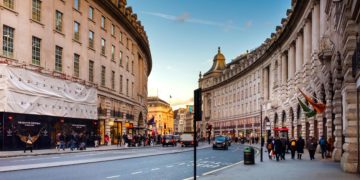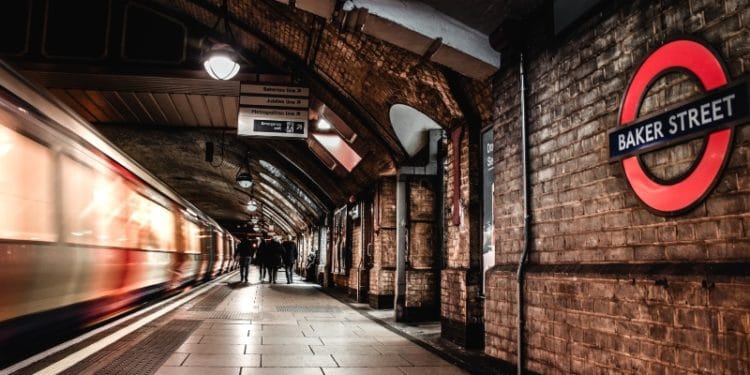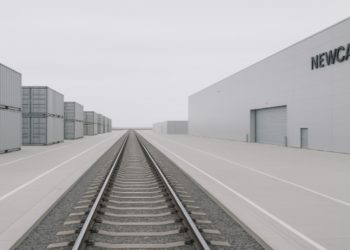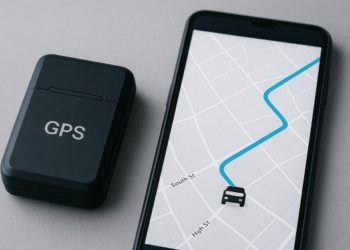London plays a key role in UK and international business, being the financial centre of the nation and a cornerstone of Europe. Business trips to the capital are a common occurrence for workers across industries in the UK and beyond, whether visiting a trade exposition, creating a partnership or conducting a sale.
London’s placement as an international hub has given rise to a business traveller’s economy, including the availability of a wide variety of accommodation options, from serviced apartments in London itself to short-stay hotel options a little further out.
Wherever you find yourself staying on your business trip to the big city, transport will be one of your key concerns for making meetings and appointments. How best to travel around London during a business trip?
The London Underground
The crown jewel of London’s transport network is the London Underground – the oldest underground metro network in the world. It’s a sprawling warren of train lines that encompass more than 270 unique stations and set the standard for modern urban travel.
The Underground is controlled by Transport for London (TfL), comprises 11 lines that span the city and its outer reaches, and represents the main mode of transport for a majority of the city’s residents and visitors.
The Underground is a great way to travel due to its flexibility; rather than buying tickets for individual trips, you simply tap in with a pre-paid Oyster card or bank card of your own, then tap out at your destination station.
If you’re travelling a lot in one day, you needn’t worry about rising costs. Fares are capped at a maximum daily and weekly rate. If you were travelling in Zones 1 and 2 of central London, you would spend a maximum of £7.70 for the day.
London’s Buses
For a cheaper alternative, London’s extensive bus network is a fantastic choice. London’s bus networks are also controlled by TfL, meaning you can use an Oyster card or contactless payment on buses as well as tubes. The key difference is that travel costs to a given card are capped at £4.95 each day, making for a more economical mode of travel.
The buses are arguably better connected than the Tube lines, with more than 700 routes covering the whole of London. However, delays are common as a result of road congestion, especially at peak times.
Taxi Options
If you find yourself rushing to an appointment, or would rather the luxury of a quieter commute to prepare notes or strategies, taxis are also a viable option – though they can cost far more than their public transport alternatives.
London hackney carriages are unparalleled for finding their way and are guaranteed to find you the fastest road route from A to B. With Uber having won an appeal against TfL in 2020, it is also possible to book taxis by an app in the city if you find yourself well and truly stuck.
David Prior
David Prior is the editor of Today News, responsible for the overall editorial strategy. He is an NCTJ-qualified journalist with over 20 years’ experience, and is also editor of the award-winning hyperlocal news title Altrincham Today. His LinkedIn profile is here.


